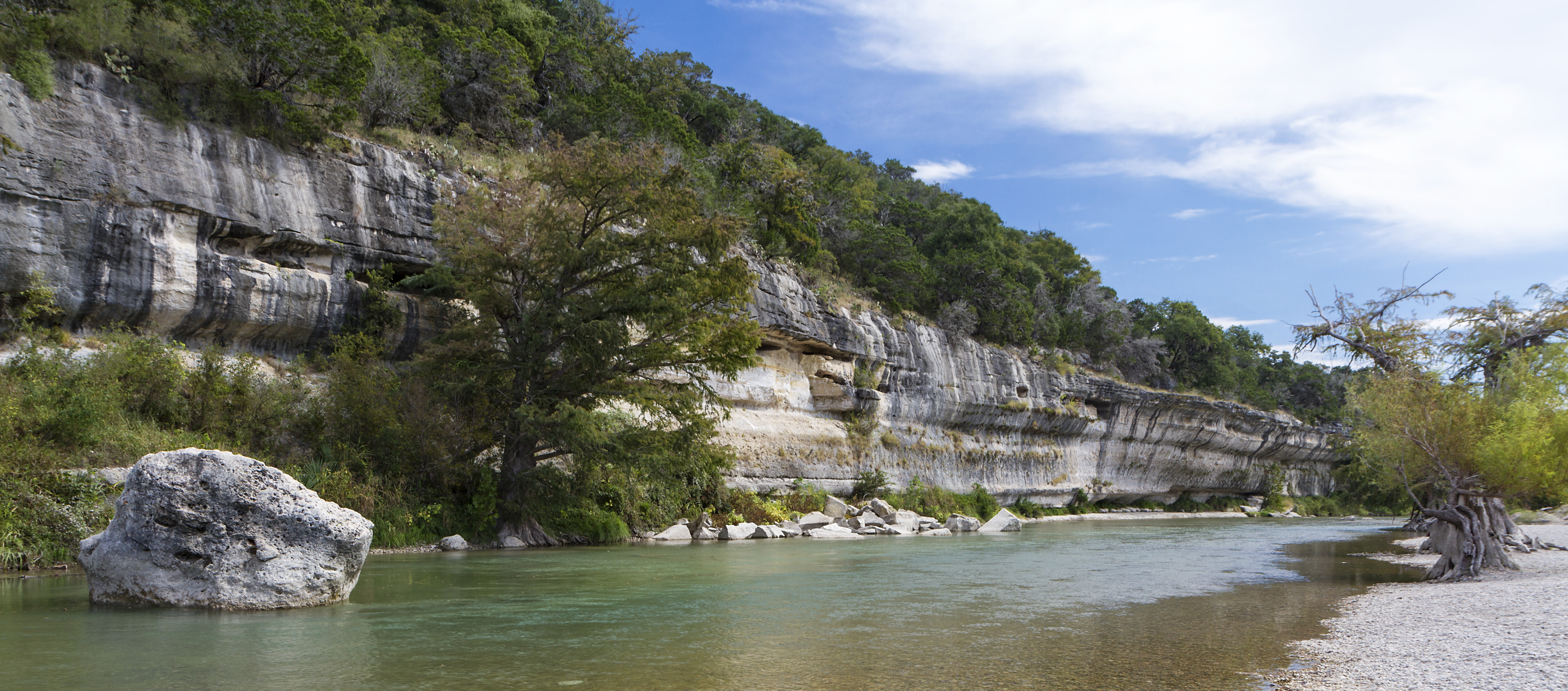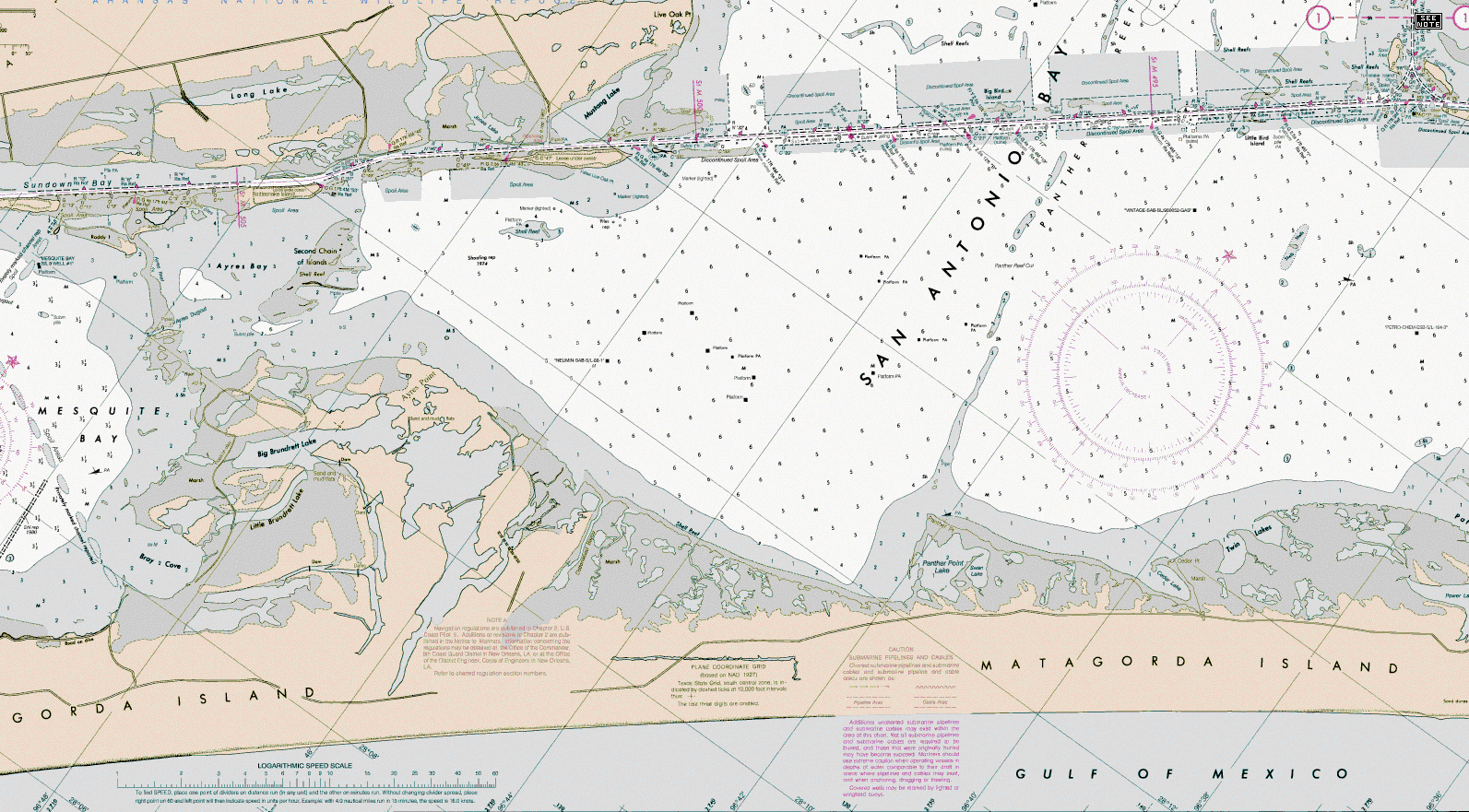Texas River Authorities embody One Water
Editor's Note: This is the first of a two-part series by the author. To read part two, click here.
“If you don’t like the weather, just wait a minute”…. Some describe the Texas climate as periods of drought interrupted by floods. Living with these extremes has forced Texans to lead the charge in planning and developing solutions to support diverse and thriving populations, economies, and ecosystems for more than a century.
From the headwaters to the tidewaters
During the drought of 1917, just a few years after devastating floods in 1913 and 1914, Texas voters approved a Constitutional amendment allowing the Legislature to create special purpose political subdivisions of the State to serve regional areas, generally coincidental with river basins and to be generally known as “river authorities.”
In 1929, the Texas Legislature created the first "state agency" in the United States specifically for the purpose of developing and managing water resources of an entire river basin. In the years and decades that followed, numerous river authorities and smaller utility districts were established and authorized to plan for and implement myriad water management and utility strategies to serve district customers.
River authorities in Texas have been pioneers in developing and implementing water policy and strategies, and the state has been a recognized national leader in developing fifty-year regional water plans for over two decades.
As a One Water approach aims to link environmental needs with integrated urban water use, stakeholders need to remember that it’s the rivers that often provide the connection between the city and the “environment.” As One Water seeks to improve this connection, river authorities welcome the opportunity to offer our experience in providing a holistic approach to water management both for municipal and rural customers and the entire river system.
Although cities are on the front line of water management, the responsibilities and impacts to the environment and downstream users often are left at their city limit signs. Cities, river authorities, and other stakeholders must work together on integrating water management strategies that support all of our communities and ecosystems.

Enter the Guadalupe-Blanco River Authority
In 1933, the Guadalupe-Blanco River Authority (GBRA) was created to provide stewardship for the water resources in its ten-county statutory district, which begins near the headwaters of the Guadalupe and Blanco Rivers, ends at San Antonio Bay, and includes Kendall, Comal, Hays, Caldwell, Guadalupe, Gonzales, DeWitt, Victoria, Calhoun and Refugio counties.
Similar to other river authorities, GBRA coordinates planning and resource development within the broader consideration of regional and statewide water needs to fulfill the primary responsibilities of developing, conserving, and protecting the water resources of the Guadalupe River Basin.
GBRA has spent over eighty years planning, developing, and implementing strategies related to meeting the needs of the region, and fulfilling the objectives outlined in its enabling act. GBRA spent the initial decades of its existence working with federal entities to plan and develop the Canyon Reservoir as the basin’s only flood storage reservoir and a significant water supply source for the region. Also, during these early years, GBRA provided essential soil conservation measures through the construction of countless miles of terraces.
Following the drought of the 1950s, the Authority began to acquire infrastructure and water rights throughout the basin, including the purchase of the Guadalupe Valley Hydroelectric System and the Calhoun County Canal System, empowering GBRA to begin providing operational services.
Upon the completion of Canyon Reservoir in 1964, and with continued economic and population growth in the decades following, GBRA’s roles and functions have grown to include utility services and operations to communities and customers throughout the basin for the benefit of the environment and people.
Specific utilities include the development and sale of regional raw water supplies, public water-supply treatment and distribution, wastewater collection and treatment, cooling reservoir operation, and hydroelectric power generation. Additionally, GBRA offers water and wastewater project planning and development, recreational opportunities, educational curriculum, water quality protection, and laboratory services.
GBRA’s continued service to the customers and communities throughout the basin is essential to support the region’s vitality, economy, and growth. The Authority continues to plan for the region’s additional needs in water supply development and treatment and wastewater services.

Today and looking forward
Today, GBRA’s water and wastewater operations combined serve more than an estimated 350,000 individuals daily. The authority operates nine water systems that provide service to more than 300,000 individuals and 13 wastewater systems that provide service to nearly 50,000 individuals.
Water planning projections indicate additional water supplies are needed in the next five decades. In order to meet the basin’s needs, GBRA must maximize existing resources and infrastructure, but also continue to look ahead to new develop and implement new water management strategies such as aquifer storage and recovery (ASR), direct reuse, conjunctive use, brackish groundwater desalination, and as the price and value of water increase, seawater desalination.
GBRA is currently implementing a new water management strategy which affords new groundwater supplies to new and existing customers who are experiencing high growth. Additionally, GBRA has established partnerships with area political subdivisions to ensure appropriate collection and treatment of wastewater in the growth corridor of the upper basin.
Part of GBRA’s mission is to be the steward of the river and, by engaging in water supply, wastewater treatment, water quality monitoring, and policy development, GBRA is better able to ensure the health of the system.
Stewardship includes the work of GBRA’s laboratory, which maintains a healthy working relationship with federal, state and local government agencies responsible for water quality, as well as corporations and individuals capable of affecting water quality.
As the region sees increases in population and economic growth, so do the needs for water supply and wastewater treatment; GBRA will continue to be a leader in advocating for and offering professional and safe services. The GBRA Lab offers support services for GBRA-operated water and wastewater plants, chemical and bacteriological testing for cities, water districts, industries, consulting firms, and private individuals, and provides environmental monitoring throughout the river basin.
In addition to its broad water quality planning initiatives and participation in environmental and water quality monitoring programs, the laboratory also sponsors and trains Texas Watch water quality monitors, a statewide volunteer program created under the Texas Clean Rivers Act of 1994 to involve citizens in the testing and protection of water resources. The lab also conducts presentations for schools, civic and other organizations on water quality, environmental issues, Texas Watch and other water-related subjects.
Recognizing the criticality of water on our human and natural resources during drought and building upon the progress achieved through providing necessary and vital utility services, GBRA is building new partnerships to improve the health of our ecosystems.
GBRA and The Aransas Project Partnership
In 2016, GBRA and The Aransas Project (TAP) reached an agreement to work together on habitat and inflow issues surrounding San Antonio Bay and the endangered whooping crane. This agreement was forged out of hard-fought litigation over water for San Antonio Bay and the endangered whooping crane flock and sets out a vision of working with each other and other interested parties to find a pathway to shared success.
During 2017, under a grant from the Cynthia and George Mitchell Foundation, GBRA and TAP worked to identify fundamental concepts and tasks for moving forward to implement the promise of the agreement. Out of this process, four key concepts emerged that form the baseline for work under the GBRA-TAP agreement.
The four key concepts:
- whooping crane habitat expansion,
- realizing the potential of the Guadalupe delta,
- ensuring sufficient freshwater inflows to maintain a refugium area in San Antonio Bay during drought conditions, and
- working with landowners within the watershed to establish a market for buying and selling ecosystem services that would, among other things, augment base flows in the Guadalupe and San Antonio River systems.
Innovative concepts and strategies such as One Water can be implemented efficiently and expeditiously through partnerships such as GBRA/TAP. Combining resources and building new partnerships are essential as work begins to improve water management in our cities and enhance the quality of our environment.
Every river authority is unique in how it develops and delivers services and stewardship, but all river authorities play a critical role to ensure that rivers, and the communities and environment that depend on them, remain resilient to the extremes of Texas’s climate.
As the Mitchell Foundation-funded "One Water” report states: The concept of a coordinated development and management of water, land, and related resources is not new, however, policy and practice in Texas and across our nation are severely out of sync with this approach.
While all may not agree with this characterization, Texas has shown the ability to evolve its process for water planning and become a national model. GBRA looks forward to working in partnership to connect and preserve our precious water resources and all that they support, from the headwaters to the tidewaters.
Kevin Patteson is the Guadalupe-Blanco River Authority's general manager and chief executive officer. Previously, he served as the Texas Water Development Board’s executive administrator, executive director for the Texas Office of State and Federal Relations, and as the special advisor on federal initiatives for the Texas Commission on Environmental Quality (TCEQ). Kevin also has held roles as deputy general counsel for the Texas Workforce Commission and assistant general counsel/ethics advisor for the Office of Governor Rick Perry. He graduated from Baylor University with a B.A. and earned a J.D. from Baylor Law School.
Editor's note: The views expressed by contributors to the Cynthia and George Mitchell Foundation's blogging initiative, "Advancing the state of Water, Texas with a One Water approach" are those of the author and do not necessarily represent the views of the foundation. The foundation works as an engine of change in both policy and practice, supporting high-impact projects at the nexus of environmental protection, social equity, and economic vibrancy. Follow the Mitchell Foundation on Facebook and Twitter, and sign up for regular updates from the foundation.


Hide Full Index
Show Full Index
View All Blog Posts